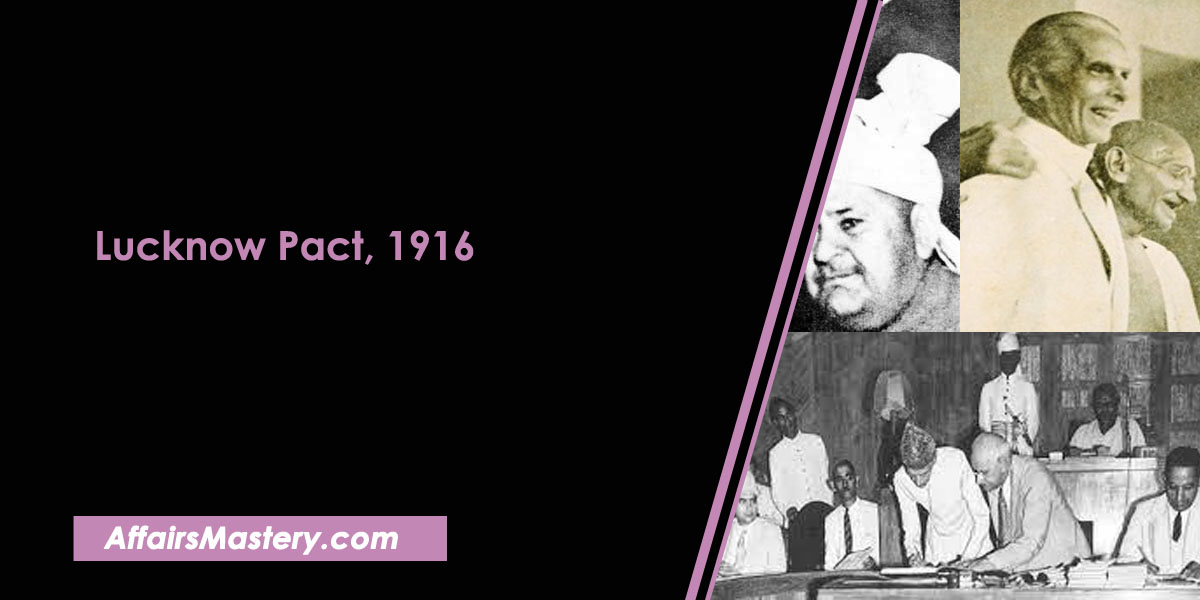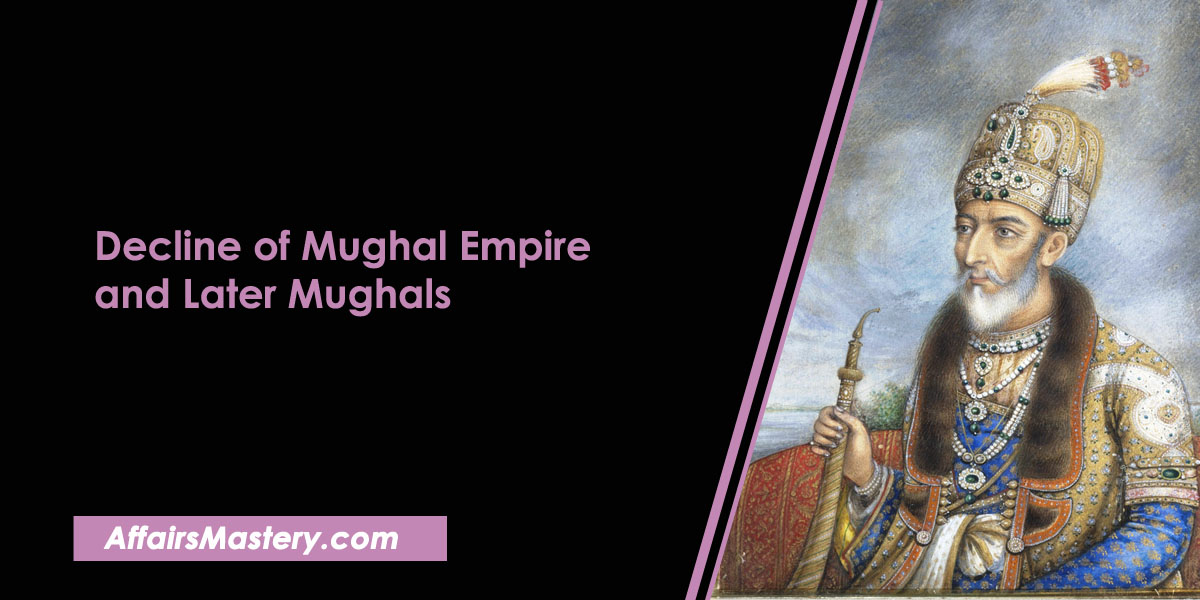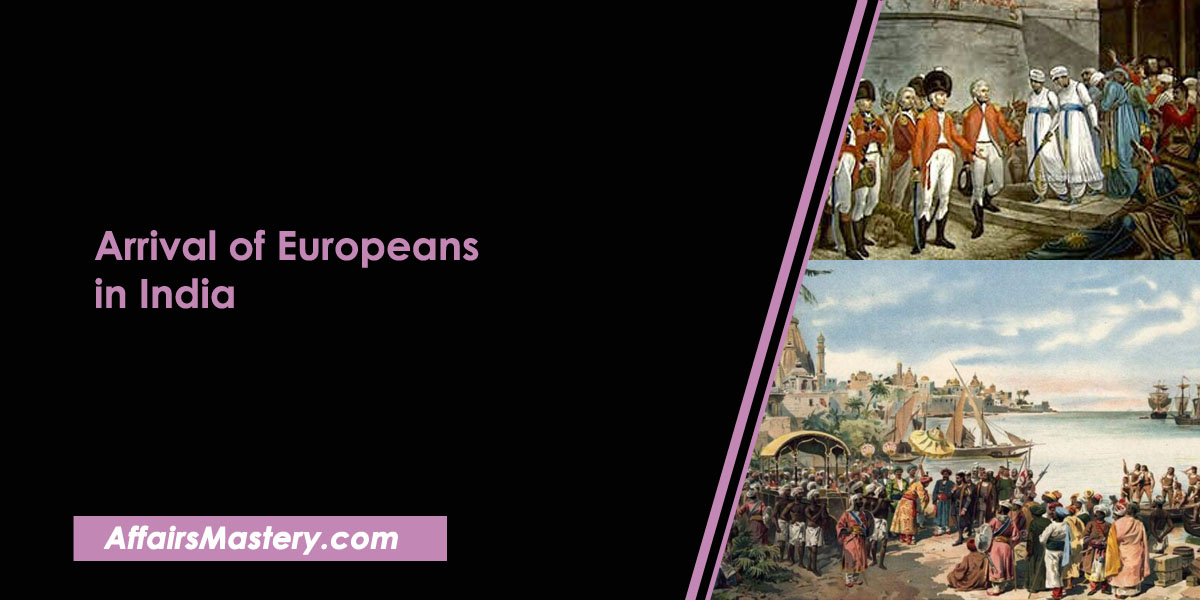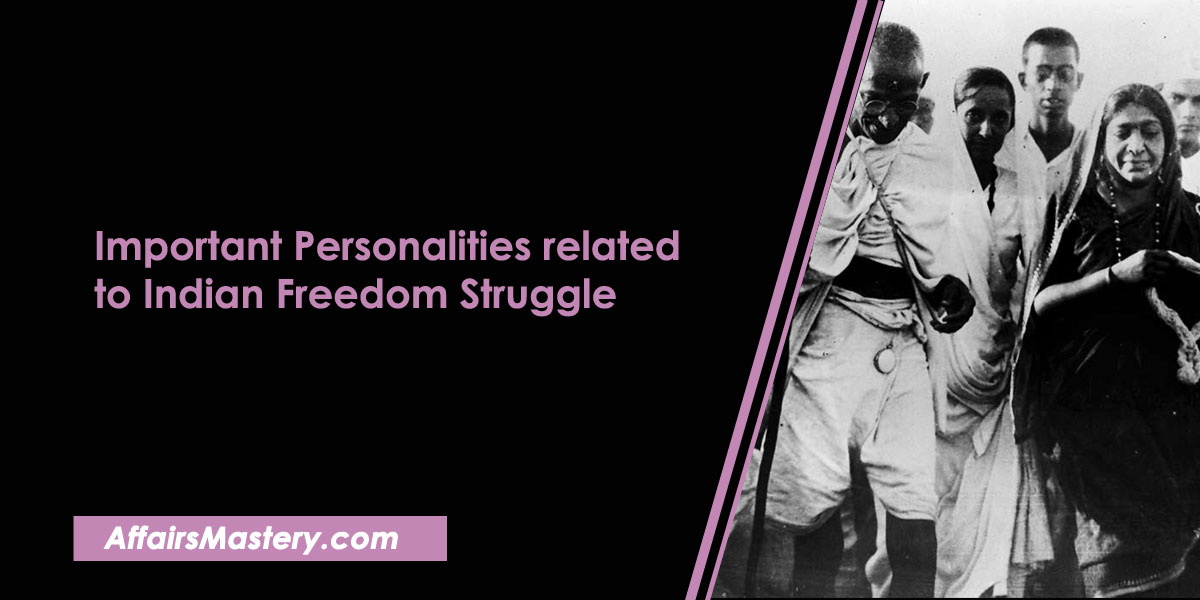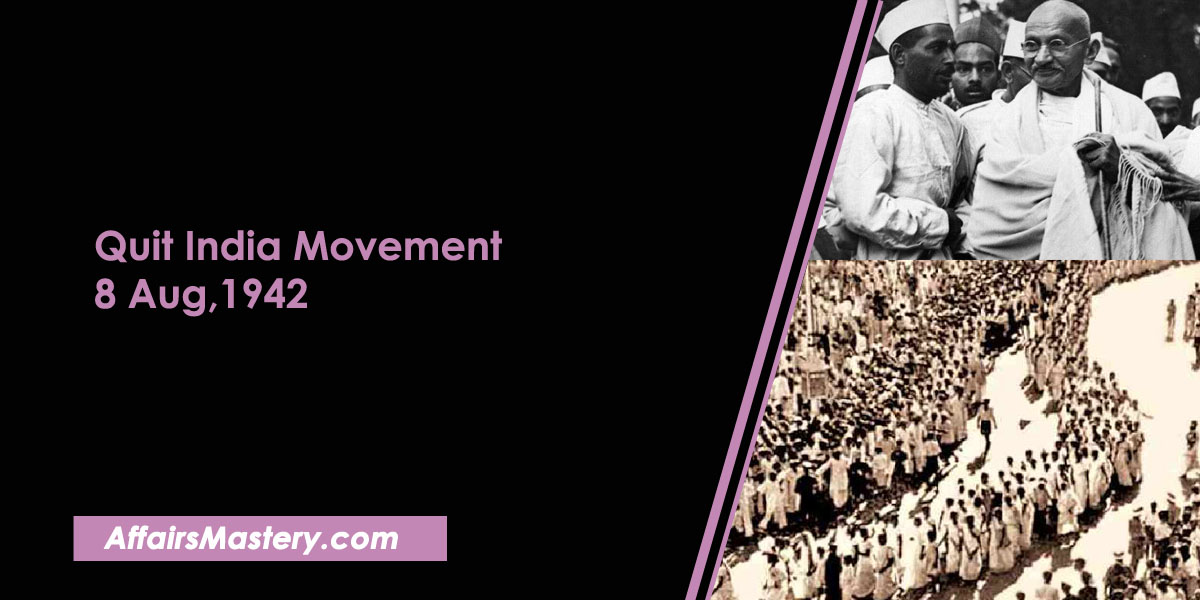Lucknow Pact, 1916 – About, Features, Outcome (Important Short Notes)
Lucknow Pact, 1916 – About, Importance, Outcome. The Lucknow Pact of 1916 was an important event in modern Indian history as it marked the first time that both Hindu and Muslim political leaders came together to form a unified agreement. The Lucknow Pact was a major milestone in Indian politics as it increased the influence of the All-India Muslim League and allowed them to have more say in decision making. Important Short note for various exams. From the perspective of an examination like State exams, SSC, Banking, Railways and any other One Day exam, all the necessary facts and information are listed below.
About
- The Lucknow session was one of the most historic of Congress sessions because the extremists expelled out of the Congress after the Surat session were admitted back to the Congress, thus the Lucknow session was the first united session of the Congress after 9 years.
- It was at the time of the Lucknow session that the Muslim League also held its session in Lucknow but separately, however, eventually the session ended at the conclusion of the League-Congress Pact or the Lucknow Pact in 1916.
- The Lucknow Pact of December was an understanding between the Congress and the Muslim League(controlled by the UP based ‘Young Party’) whereby the Congress accepted separate electorates.
- The Pact provided a joint political platform for the Moderates, Extremists and the Muslim.
Features
- Demand for self-government was declared as the immediate goal and the Congress agreed to accept the demand for separate electorates for Muslims.
- Muslims were conceded separate electorates in seven states in which they were in a minority and got half of the elected seats in the Punjab and one third of the elected seats in the Central legislature.
- No bill or resolution introduced by the non-official members affecting the other communities shall proceed unless approved of by 3/4th members of the affected community.
- Defence, foreign and political affairs, war and peace treaties were considered outside the powers of the Imperial Legislative Council.
Outcome/Effect
- With a separate electorate for Muslims in the provincial councils, for the first time, the Congress recognized the separate electorate and agreed to give a much larger share to Muslims, in proportion to their population.
- There were, however, critics among Muslims as well as Hindus opposing the Congress-League alliance.
- Despite the opposition, Leaders belonging to different religious faith started visiting temples and mosques showing the virtues of communal harmony.
- The alliance inspired younger Muslims to join the Congress led nationalist movement and many of them were in the forefront of the nationalist agitations.
- Due to this Pact, Congress legitimized what were later derided as ‘separatist’ and ‘communal’ demands.
- Both Tilak and Annie Besant played an important role in these negotiations. However, leaders like Madan Mohan Malaviya felt that too much power have been given to the Muslim League.
If you find our content helpful and interesting, please consider joining us on Telegram @affairsmastery_official to show your support. We would really appreciate it!
Related articles
- Important Battles in Indian History
- Important treaties in Indian history
- List of Foreign Travellers who came to India
- List of Governor General of India and Viceroy of India
- Robert Clive – Important Short Notes for Exams
- Warren Hastings – Important Short Notes for Exams
- Lord William Bentinck – Important Short Notes for Exams
- Lord Canning – Important Short Notes for Exams
- Lord Mountbatten – Important Short Notes for Exams
- C. Rajagopalachari – Important Short Notes for Exams
- Lord Wavell – Important Short Notes for Exams
- Lord Linlithgow – Important Short Notes for Exams
- Lord Willingdon – Important Short Notes for Exams
- Non Cooperation Movement (1919-1922)
- Important Personalities related to Social Movements of India
- List of Important Personalities of Indian Freedom Struggle
- List of Important Books on Revolt of 1857 and their Author
- Important Leaders of 1857 Revolt and their places
- Constituent Assembly of India and its Composition: Important Short Notes
- Important Tribal Movements in India
- Direct Action Day 1946: Important Short Notes for Exams
- Interim Government of India, 1946 and its members
- Important Socio Religious Reform Movements in India – Short Notes
- Khilafat Movement (1919-1924) – Important Short Notes for exams
- C R Formula or Rajaji Formula, 1944 – About, Main Points (Important Short Notes)
- Wavell Plan, 1945 – About, Main Points (Important Short Notes)
